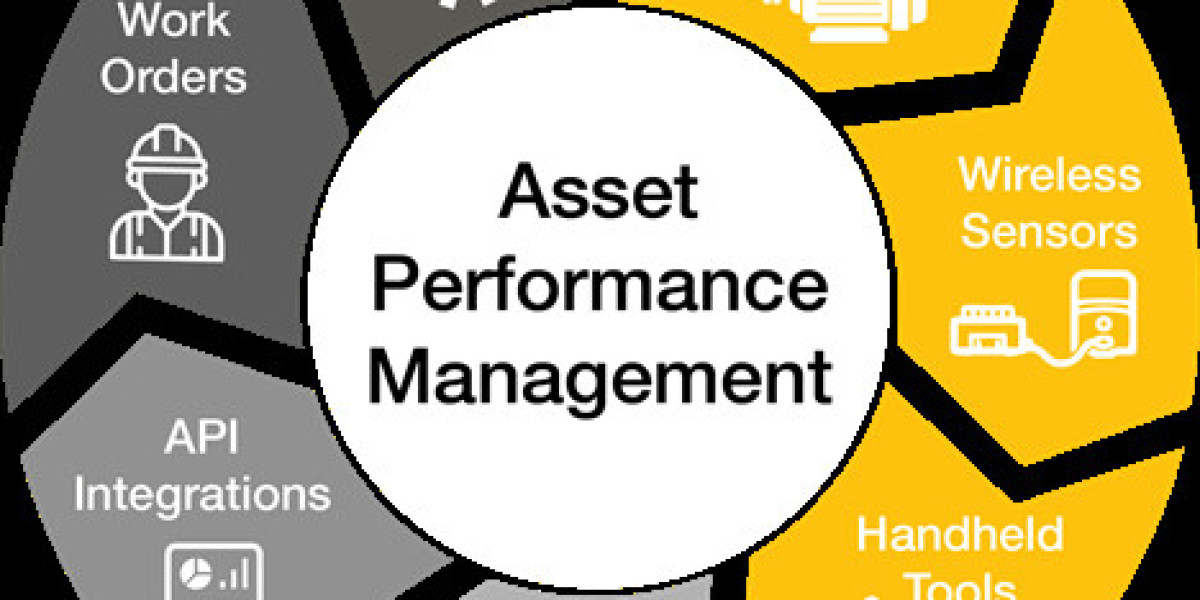The generation of Asset Performance Management Revenue has undergone a significant transformation, moving in lockstep with the broader enterprise software industry's shift from capital expenditure (CapEx) to operational expenditure (OpEx) models. The traditional model of selling high-cost, perpetual software licenses for on-premises deployment is being rapidly replaced by more flexible and customer-centric approaches. This evolution is creating more predictable and sustainable revenue streams for vendors while lowering the barrier to entry for customers. The most prominent model today is Software-as-a-Service (SaaS), where customers pay a recurring subscription fee to access the APM platform via the cloud. This approach provides vendors with a steady income stream and facilitates continuous innovation and updates, ensuring the platform remains state-of-the-art.
Beyond the core software subscription, a diverse portfolio of services creates multiple additional revenue streams. Professional services remain a critical and high-margin component of the business, especially for large-scale enterprise deployments. This includes initial consulting to assess an organization's asset management maturity, implementation and data integration services, and change management support to ensure user adoption. Another rapidly growing revenue stream is managed services, where the APM vendor or a partner takes on the responsibility of continuously monitoring asset health data and providing regular insights and recommendations to the client. This is particularly attractive for companies that lack in-house data science expertise. Furthermore, selling data-driven insights—such as benchmarking a company's asset performance against anonymized industry peers—is emerging as a powerful new way to monetize the vast datasets managed by APM platforms.
Looking ahead, vendors are creating new revenue opportunities by expanding the scope and capabilities of their APM platforms to address adjacent business challenges. A major area of expansion is in sustainability and energy management. By adding modules that track energy consumption and carbon emissions at the asset level, APM platforms can help companies achieve their ESG (Environmental, Social, and Governance) goals, opening up a new budget and buyer persona. Similarly, integrating APM with supply chain and inventory management systems creates a more holistic solution that can optimize spare parts management based on predictive maintenance forecasts. This trend of evolving APM from a point solution for maintenance into a comprehensive operational intelligence platform is key to unlocking future revenue growth.














